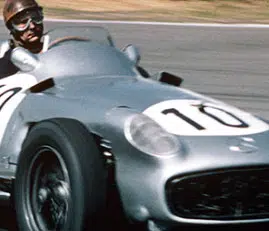The Canadian-American Challenge Cup Series entered its fifth year with the death of Bruce McLaren and the hundreds of friends he made in North America deeply mourning his passing. But although McLaren has died, the team he built, continues and once again were favourites when the 1970 Can-Am Series opened at the Mosport circuit near Toronto. Among the reasons for optimism were the recruitment of Gurney to the team for the remainder of the series and also for Grands Prix. The new works M8D chassis is almost identical to last year's M8B but with increased fuel tankage for the thirstier 7.5-litre Chevrolet engine. The suspension is revised with a 4 in. wider track and new body with low wing mounted between the fins on the rear section. Since McLaren's.accident, which may have been caused by loosening of the rear body as a result of high pressure on the wing, this has been braced by vertical struts. Other new cars included a Lola 220 for Peter Revson, a BRM for George Eaton and an AVS Shadow for George Follmer. The Lola chassis extends to the rear of the 7.6-litre Chevrolet engine but the engine also acts as a stressed member. The wheelbase is shortened and the track widened as much a six inches compared with the 1969 T163. The suspension is fairly standard at the front but at the back has a single top link, semi-trailing lower wishbone and only a single radius rod running to the rear of the transmission.
The BRM Type 154 is the firm's first Can-Am venture and had to be produced in a hurry. Tony Southgate adopted a convention full monocoque with "standard British" suspension, Hewland transmission and BRM-prepared 7.5-litre Chevrolet engine. The car is very light but only practised for the first time the day before the race and the usual teething troubles had still to be sorted. AVS Shadow is attempting to achieve speed by making the car ultra-low and reducing the frontal area to a minimum. The key to the design are special Firestone tyres only 17 in. in outside diameter on 10-in. front wheels and only 20 in. outside diameter on rear wheels. As a result the car is only 18 1/2 in. high at the front wheels and only 25 in. high at the highest point (excluding wing), and has a frontal area of 10 sq. ft., less than half that of the average Can-Am car. Because of the small size many standard components were unusable. The suspension uses a cluster of three springs 4 in. long and 1 1/2 in. diameter at each wheel and dampers are special friction type. The brakes are small discs mounted inboard at the rear but deep in the wheels at the front, the latter being cooled by centrifugal fan mounted on the outside of the wheel. Other features include twin oil-coolers and water radiators mounted on top of the wing, and a special pre-selector type of gearshift built into the Hewland transmission, but car owner Don Nichols refuses to reveal details of the latter.
The only other really competitive car present was the Autocoast TI-22, which was designed and built by Peter Bryant and first appeared at the end of last year's series. The design is fairly standard but extensive use has been made of titanium and special attention has been paid to the body, which features high sides to prevent air flow spilling off and thus reducing down-pressure.





